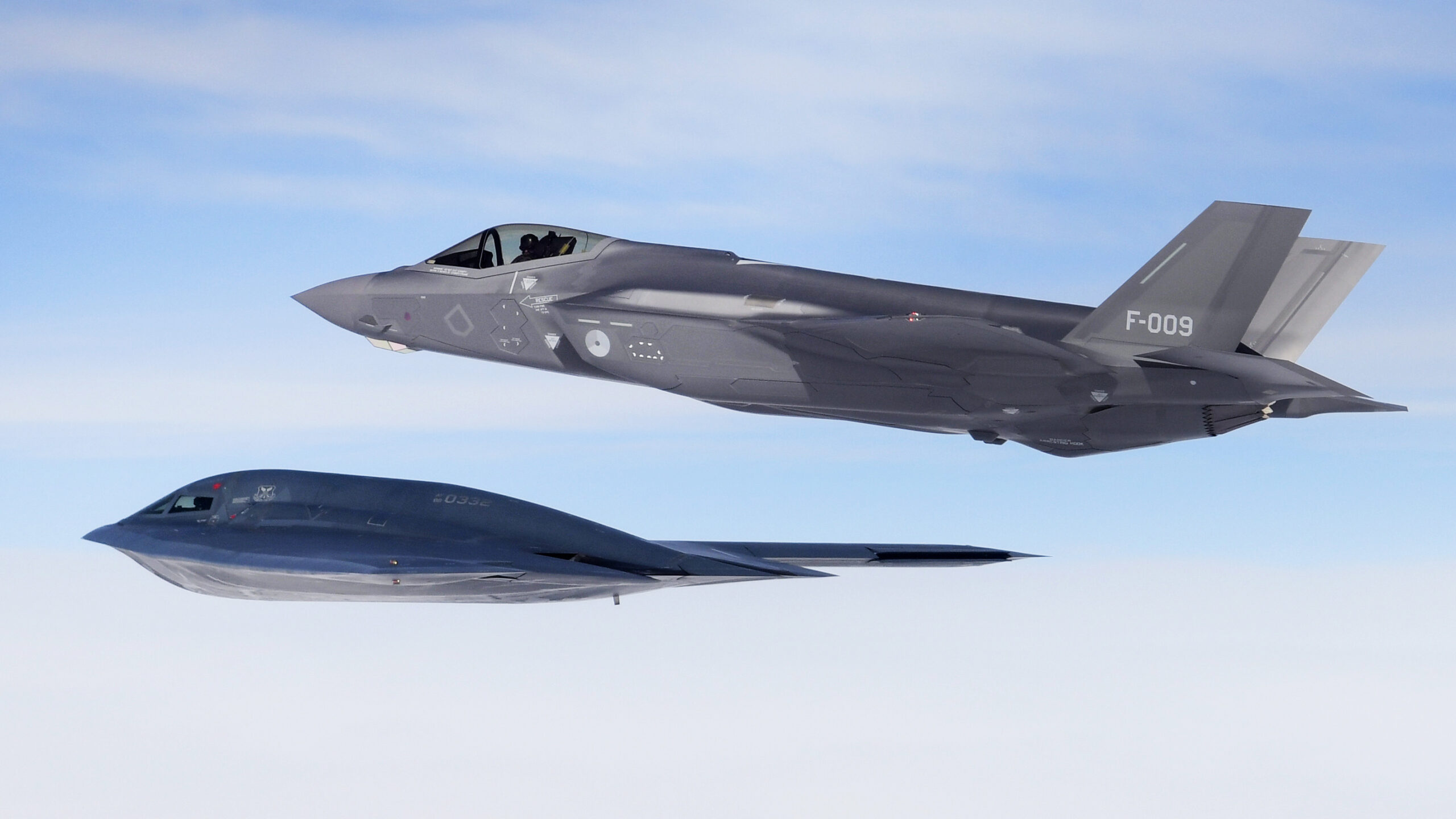The Netherlands has become the first nation to declare that its F-35 stealth fighters are now fully responsible for the nuclear strike role, something that had been expected since the aircraft was fully certified to carry the B61-12 thermonuclear bomb earlier this year. Coming amid repeated nuclear saber-rattling from Russia, the development is an important one in the context of NATO’s nuclear deterrence posture in Europe.
The Royal Netherlands Air Force (RNLAF) announced that the F-35A will fully take over the Dutch nuclear role tomorrow, June 1. The mission will be passed from the F-16 previously used in the nuclear role at Volkel Air Base. The F-35 unit responsible for the mission is 313 Squadron, and its weapons are provided under a NATO nuclear sharing agreement arrangement.

The wording of the statement suggests that, in recent months, the F-16 and F-35 shared responsibility for nuclear strike at the same base, although this hasn’t been confirmed. However, the RNLAF had previously said it expects to declare full operational capability with its F-35s in early 2024. Since full operational capability implies that the aircraft can carry out all previous F-16 missions, the stealth jets were likely operational in the nuclear strike tasking at least since then.
“The Netherlands is one of the NATO allies that contribute Dual-Capable Aircraft to NATO’s nuclear deterrence and is the first European country transitioning to the F-35 in that context,” the RNLAF stated in its announcement.
At the same time, Netherlands Minister of Defense Kajsa Ollongren informed the Dutch House of Representatives about the development.

“The Dutch transition from the F-16 to the F-35 for the nuclear role within NATO was initiated many years ago,” the RNLAF continued. “In the last couple of years, the F-35 underwent a comprehensive testing and certification process for the nuclear role of the Netherlands. The RNLAF already started using the F-35 for conventional tasks.”
“The transition reaffirms the Netherlands’ long-term commitment to the Alliance’s nuclear deterrence,” the statement continued. “NATO’s nuclear deterrence is essential to the security of the Alliance, and therefore also to the security of the Netherlands. The fundamental purpose of NATO’s nuclear capability is to preserve peace, prevent coercion, and deter aggression.”
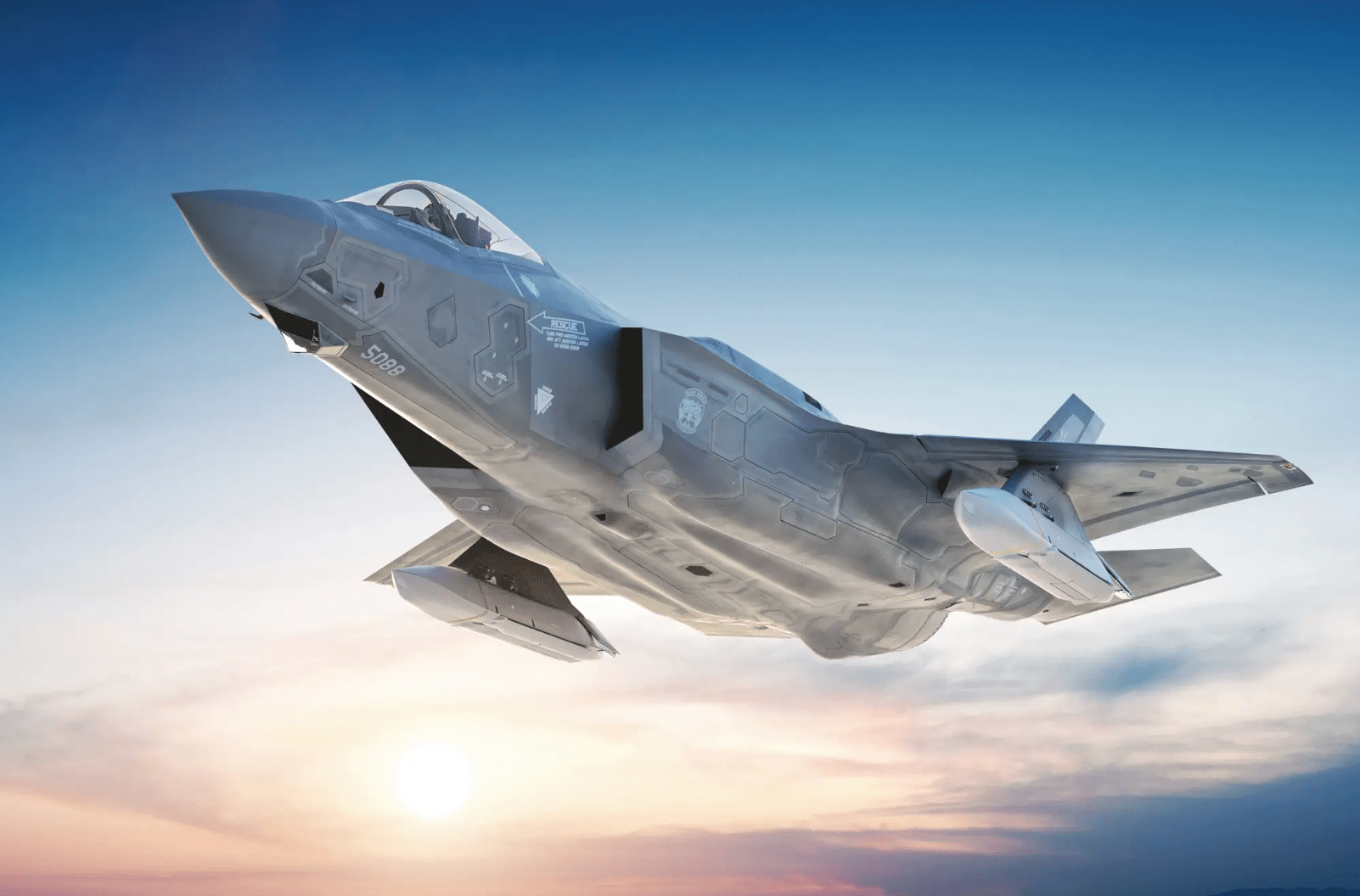
It’s worth noting that, in addition to the nuclear-armed F-35s, the Netherlands is also considerably expanding its conventional long-range strike capabilities. As we have discussed in the recent past, the Dutch are planning to acquire conventionally armed Tomahawk cruise missiles for its next class of submarines, as well as the AGM-158B Joint Air-to-Surface Standoff Missile-Extended Range, or JASSM-ER, for its F-35s, and the Israeli-made PULS (Precise and Universal Launch System) multiple rocket launcher.
While the RNLAF confirmed that the Netherlands is the first European operator to start using F-35s for the nuclear mission, the status of the U.S. Air Force’s efforts in this regard is less clear. TWZ has approached the service for clarification about the nuclear capability of its F-35s.

Overall, the openness of the RNLAF in this context is highly noticeable, especially after many years in which NATO’s nuclear mission in Europe, via Dual-Capable Aircraft, was barely spoken about by official channels.
The Dutch transparency around the mission is something that TWZ has reported on before starting in November 2023 when it was confirmed that Dutch F-35s had received “initial certification for the deterrence mission” — a reference to their ability to carry the B61-12 nuclear bomb.
Next came full certification for the F-35 in the nuclear mission, announced by the F-35 Joint Program Office (JPO) in March of this year. That announcement confirmed that the full certification had actually been issued the previous October.
Overall, the pattern of announcements provides useful insight into the length of the process involved in getting the F-35 operational in a nuclear strike role.
Notably, the process has been accelerated. For example, full certification had been previously planned for January 2024, before being moved forward to October 2023.
There is no evidence that these changes came in response to the increasing tensions between Russia and NATO, although they will surely have a wider strategic impact in this context.
As we have reported in the past, the addition of the F-35 as a nuclear delivery platform in Europe is a significant advance for NATO. Previously, this deterrent was reliant upon the fourth-generation F-16, as well as the Panavia Tornado strike aircraft, of a similar vintage.
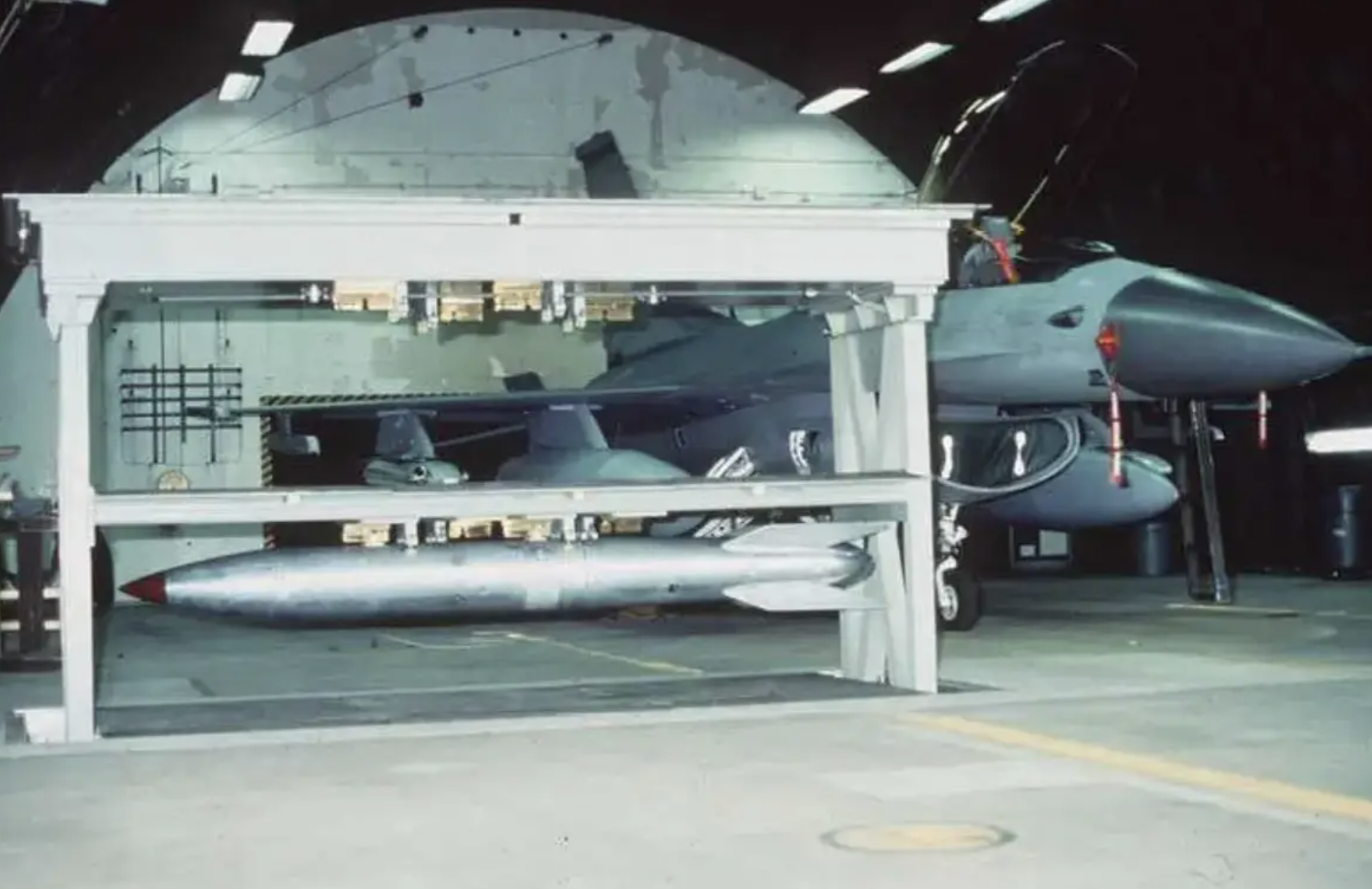
In contrast, the F-35 is a highly survivable fifth-generation fighter that possesses what is currently a unique ability to penetrate hostile air defenses, while being able to fight its way to and from the target if necessary. Having a stealth nuclear delivery platform permanently based in Europe seriously complicates Russian defensive plans.
Central to the F-35’s nuclear tasking as a Dual-Capable Aircraft is the B61-12, a weapon we have discussed in detail in the past.
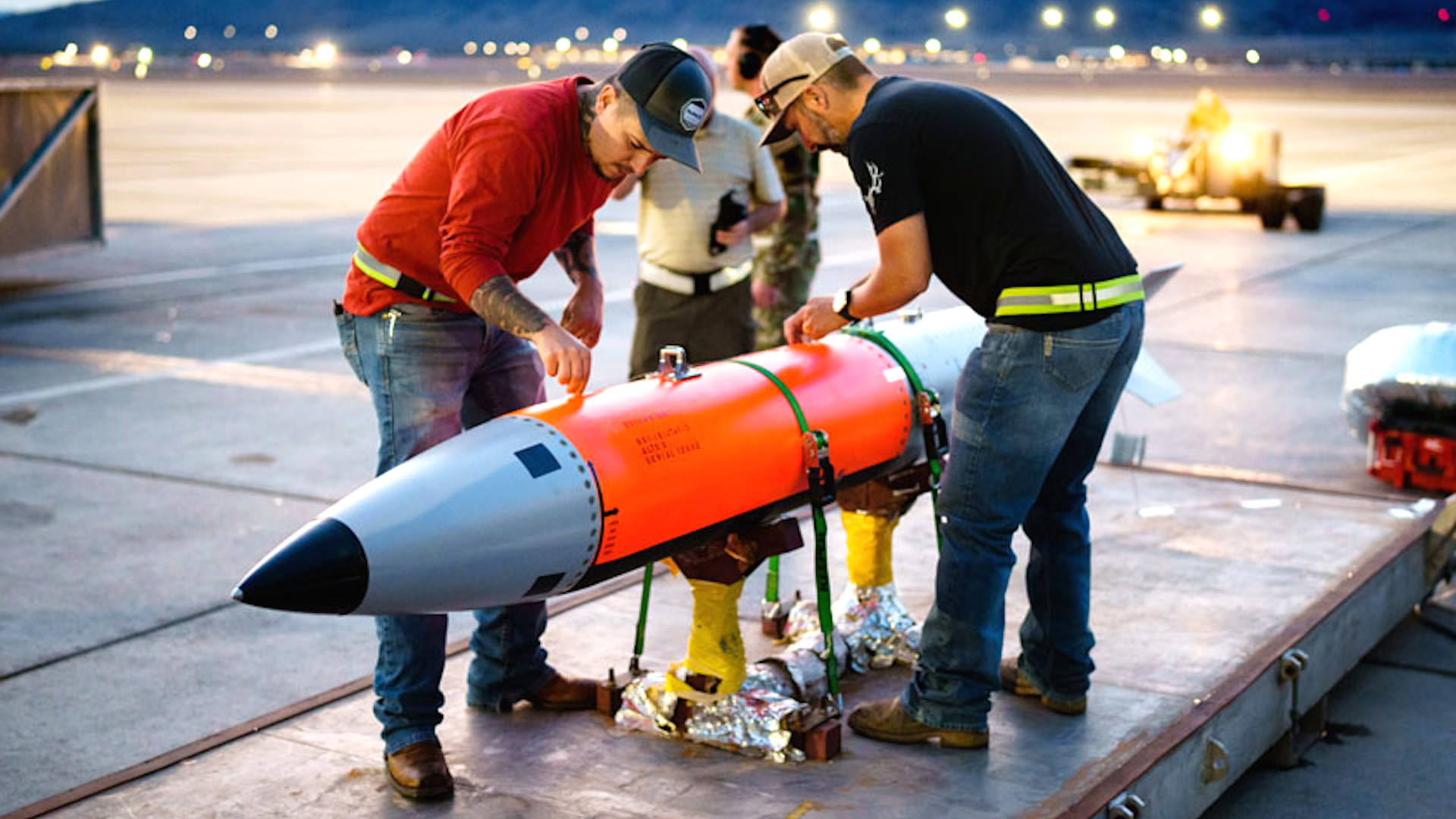
Measuring 12 feet long and weighing 825 pounds, the B61-12 costs more than its weight in gold, despite being produced via refurbishment of older B61 versions. Most important among its advances is a new guidance package, combining an inertial navigation system (INS) and a precision guidance tail kit. This ensures a much greater degree of accuracy than was previously the case.
Within Europe, the B61-12’s full capabilities will, for the time being, only be available to nuclear-tasked F-35s and U.S. Air Force F-15E Strike Eagle fighters. Back in 2022, the U.S. Air Force confirmed to TWZ that there were no plans for U.S. Air Force or NATO F-16s or German or Italian Tornado strike aircraft to be able to use the bomb’s precision-guidance tail kit.

It appears likely that U.S. Air Force F-35s with the 48th Fighter Wing at RAF Lakenheath in England will also have a nuclear mission reinstated, the last nuclear bombs having been removed from the base in 2008.
Meanwhile, F-35s belonging to Belgium, Germany, and Italy will eventually also join the DCA enterprise, also receiving B61-12s. Germany, which has yet to receive any F-35s, chose the stealth fighter primarily on account of its nuclear capability. Looking further ahead, Poland, another F-35 customer has said that it wants to join NATO’s nuclear weapons-sharing program.
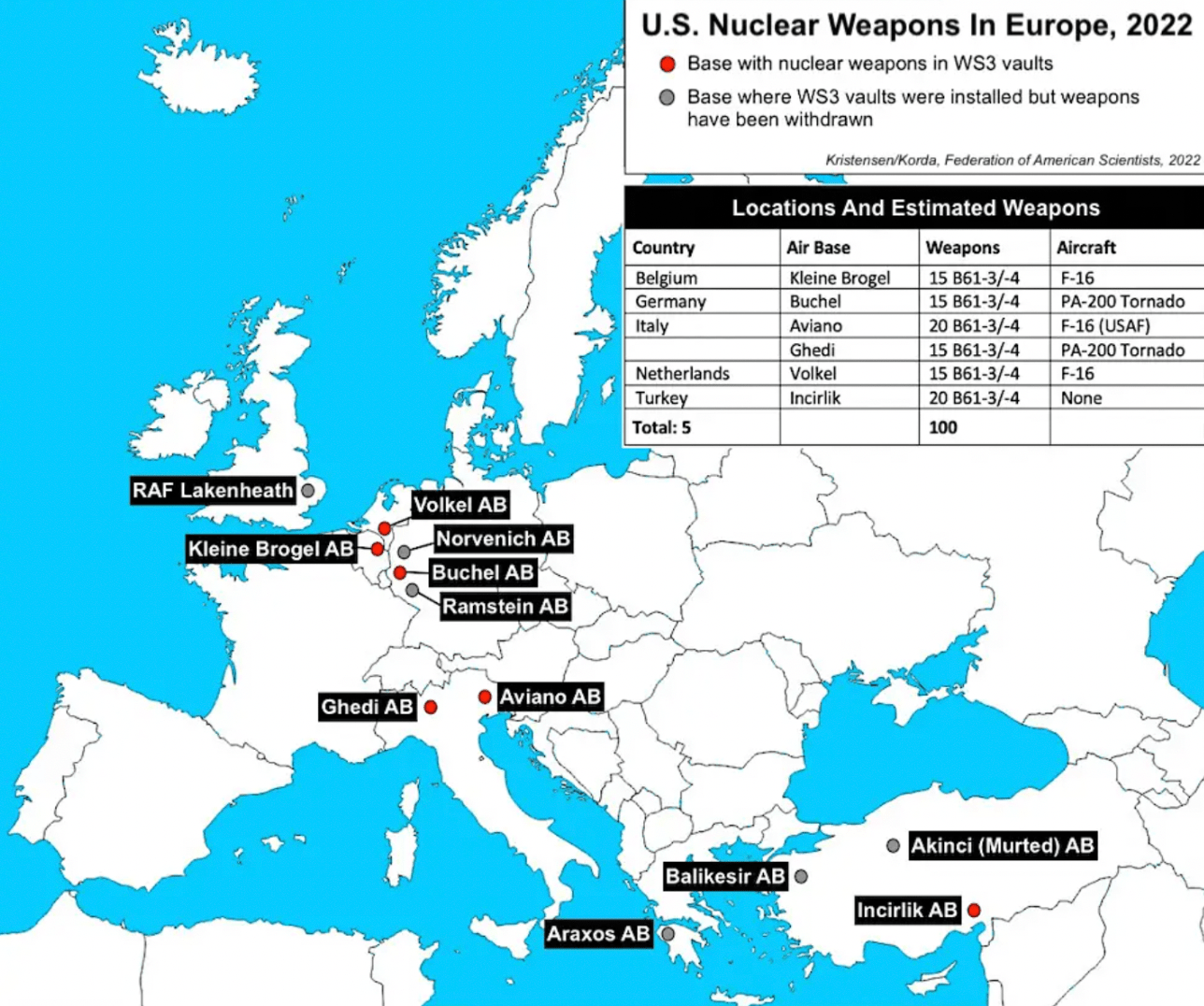
The timeline for the arrival of B61-12s for these operators is a closely guarded secret although we now know, thanks to the RNLAF’s announcement, that these advanced weapons are now fielded in Europe.

NATO having nuclear-capable stealth aircraft in Europe is a major development for the alliance. It’s impossible to view it outside the context of the rapidly deteriorating relations between Russia and NATO and there’s every chance that the Kremlin will use it to try and justify further changes in its own nuclear posture, should they come.
As for the F-35, this latest news further reinforces the aircraft’s status within NATO, where it is fast becoming one of the alliance’s most prolific as well as most versatile platforms.
Contact the author: thomas@thewarzone.com
